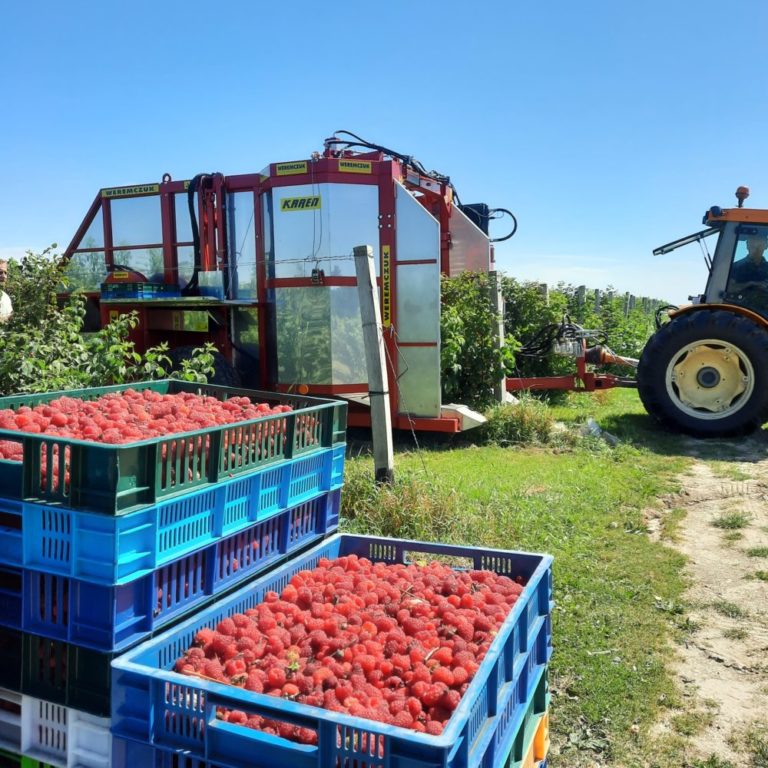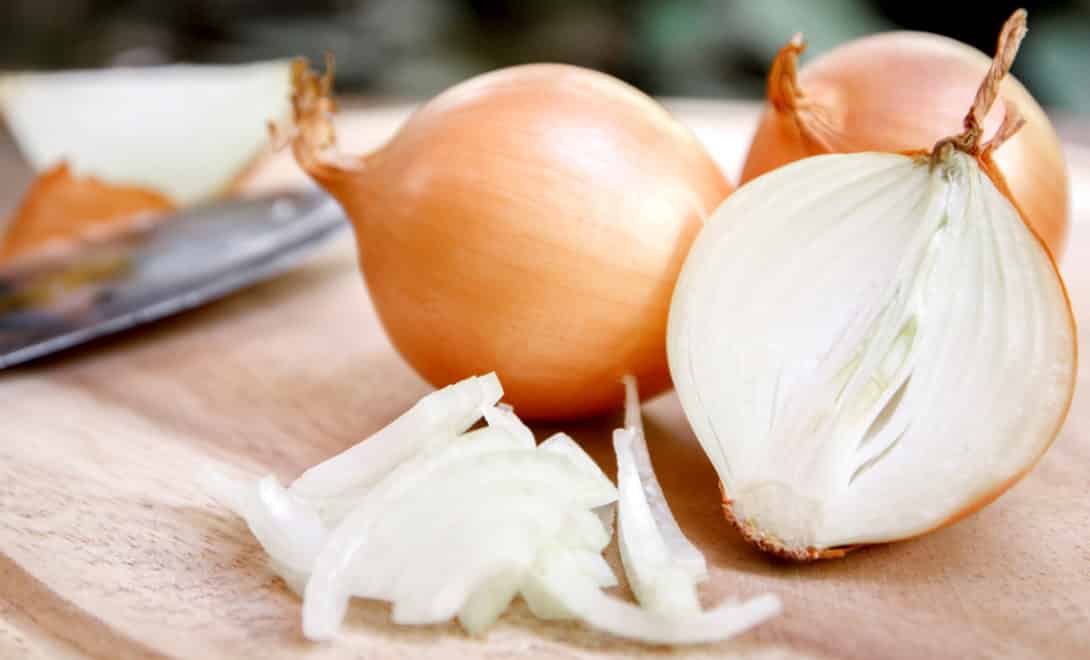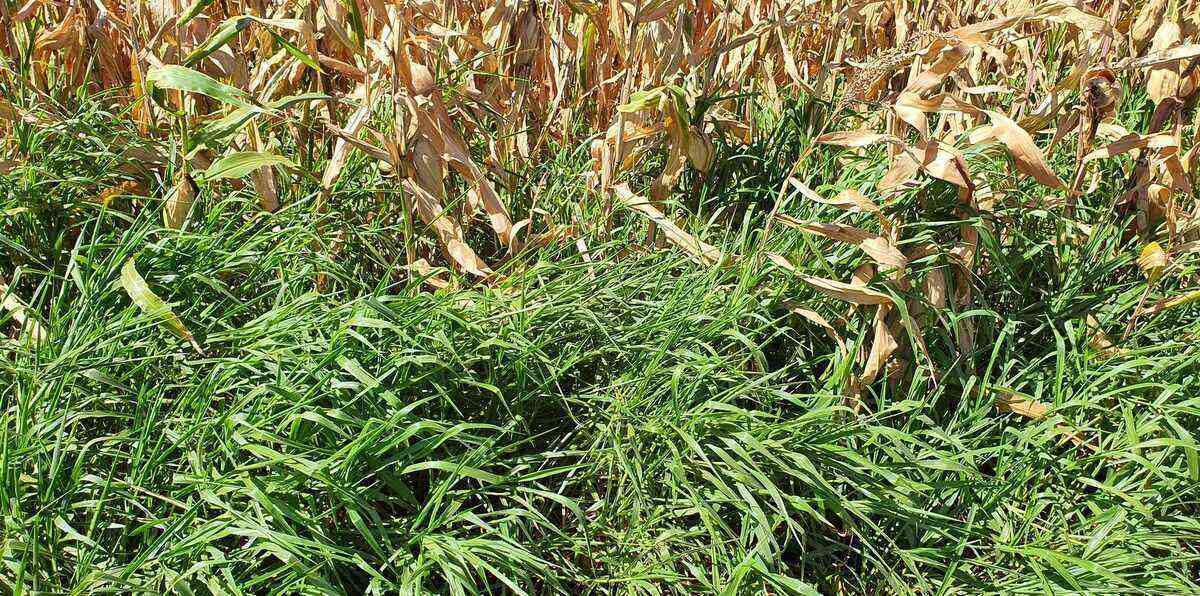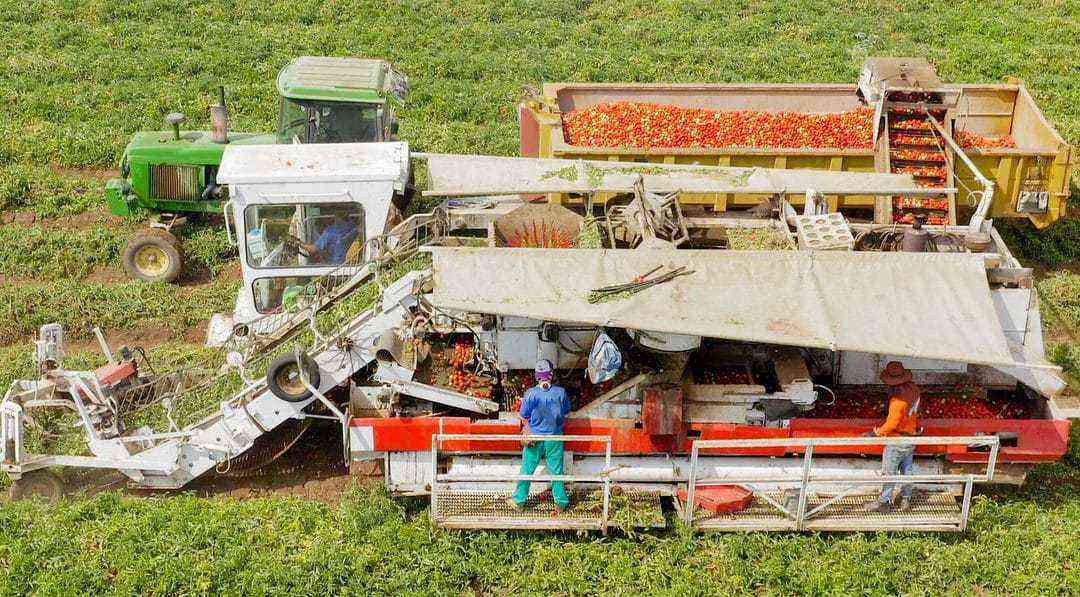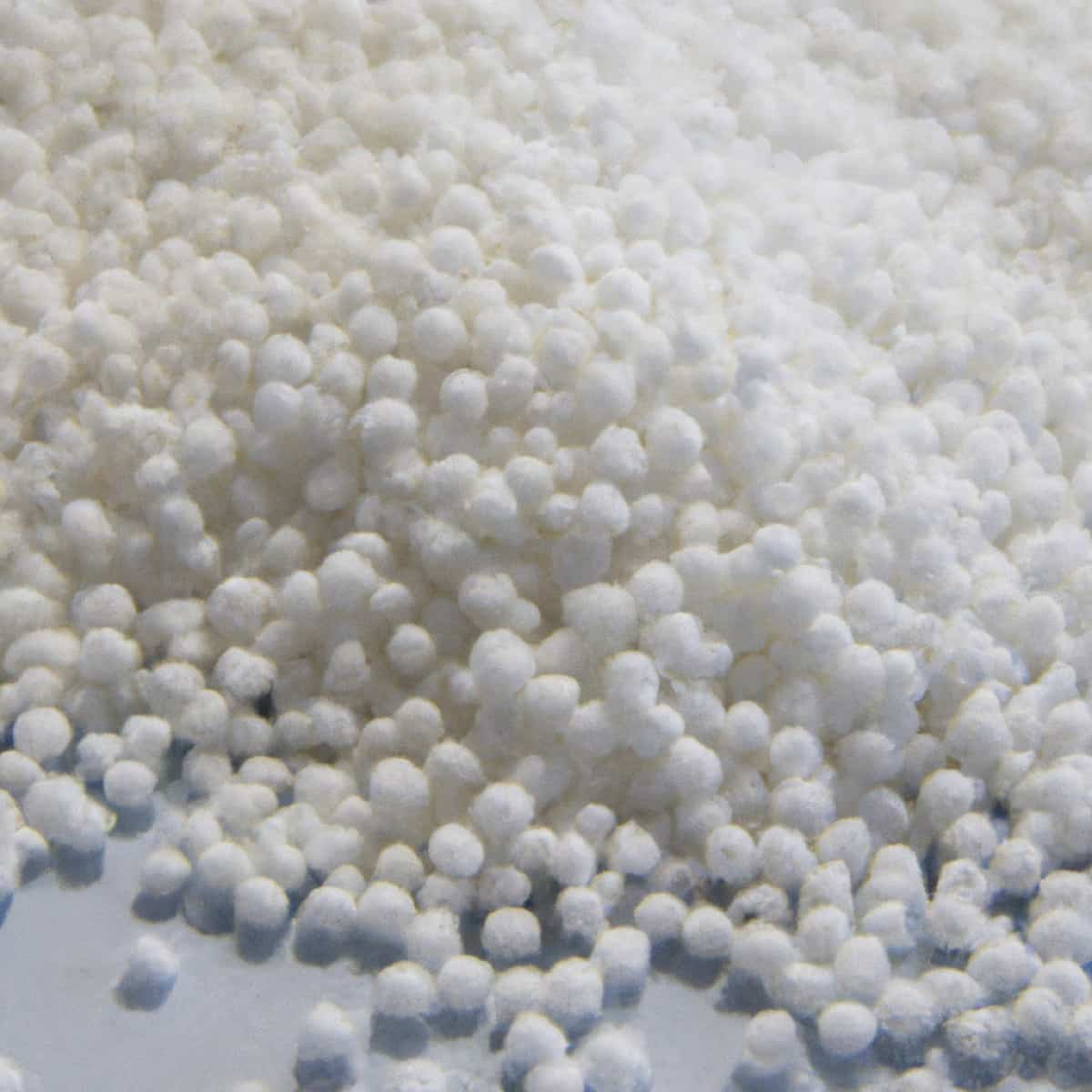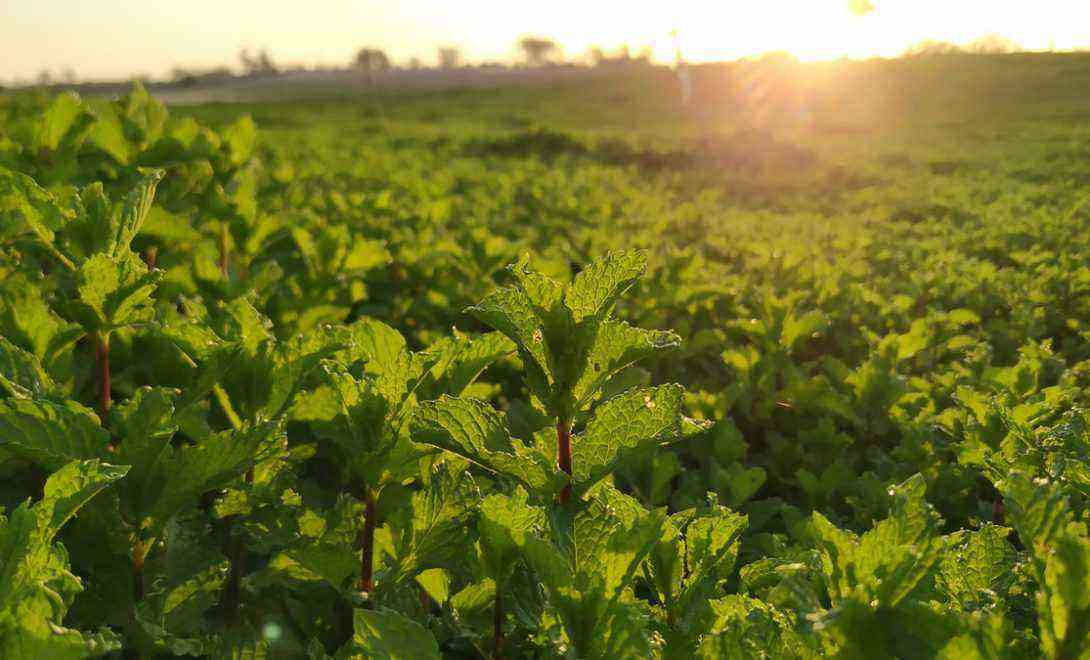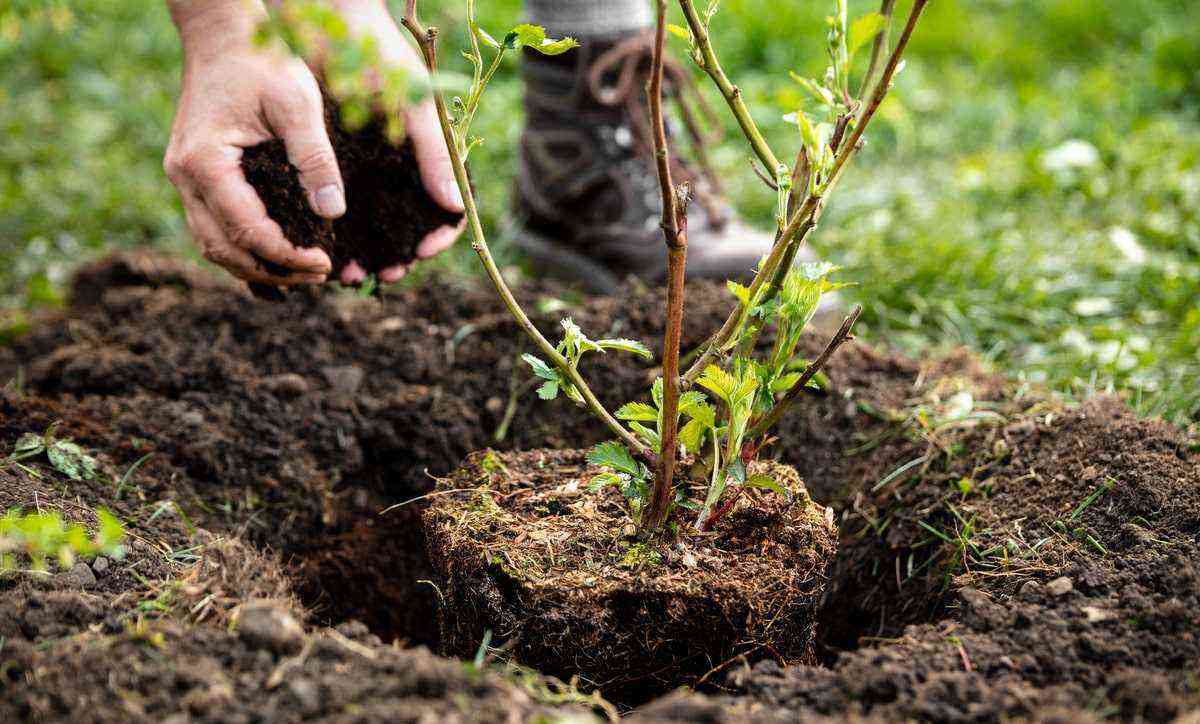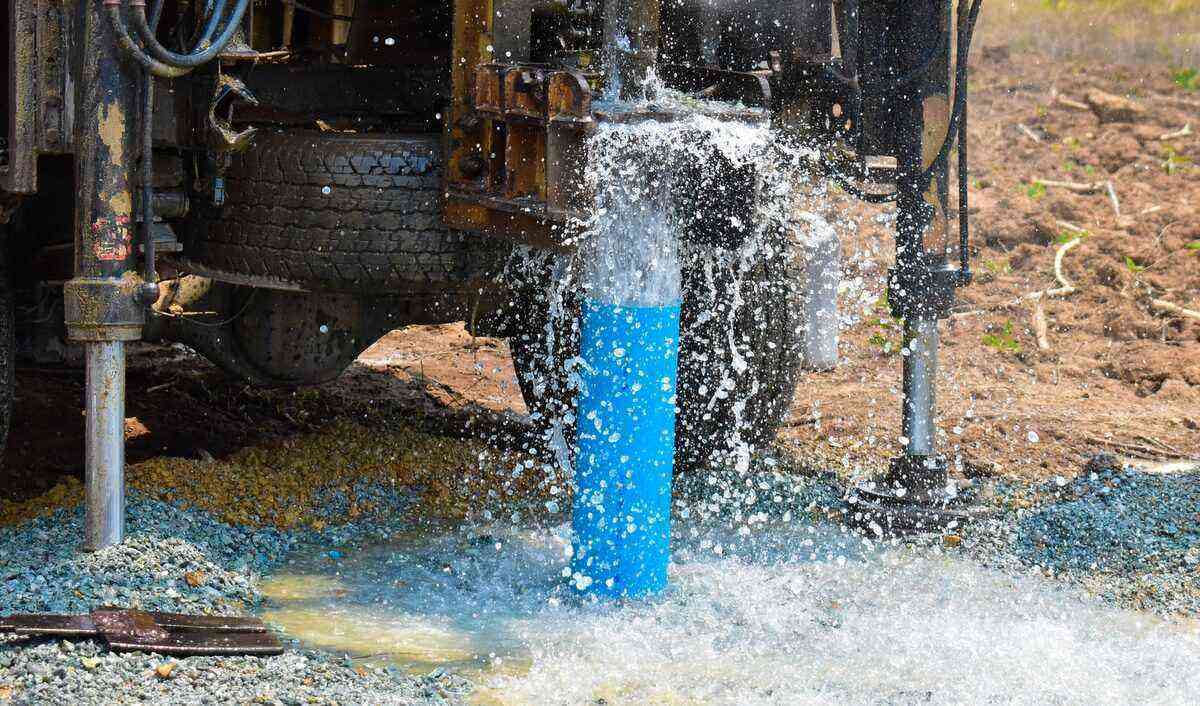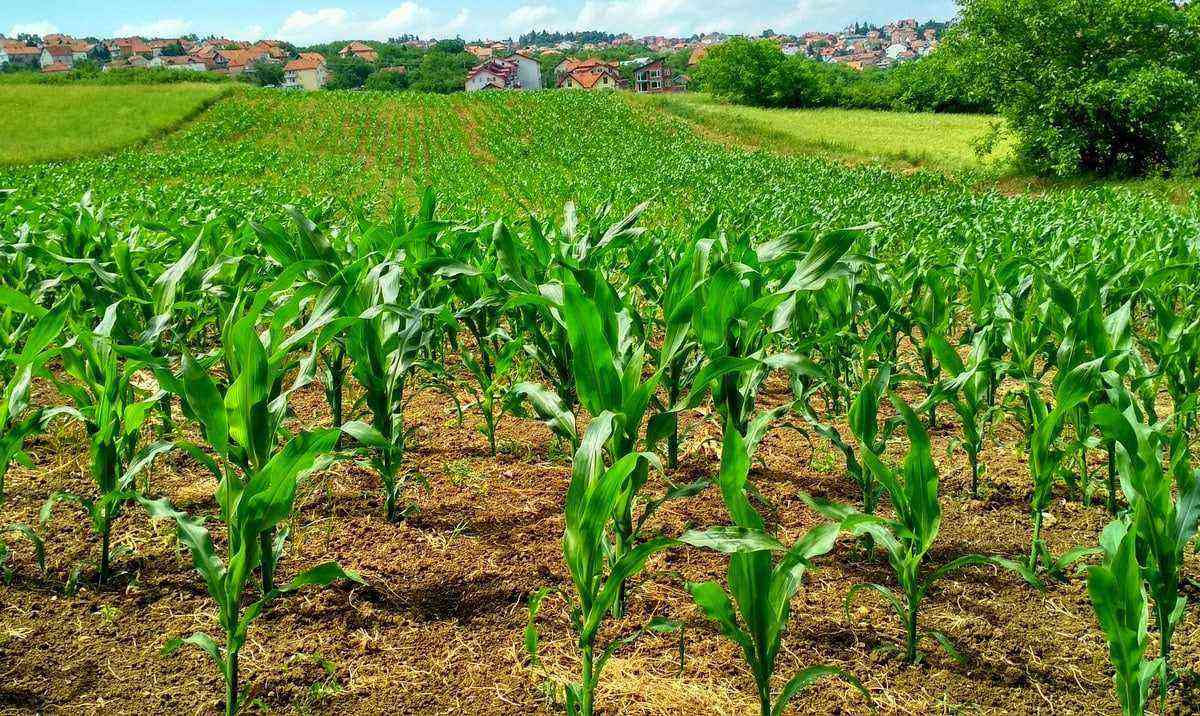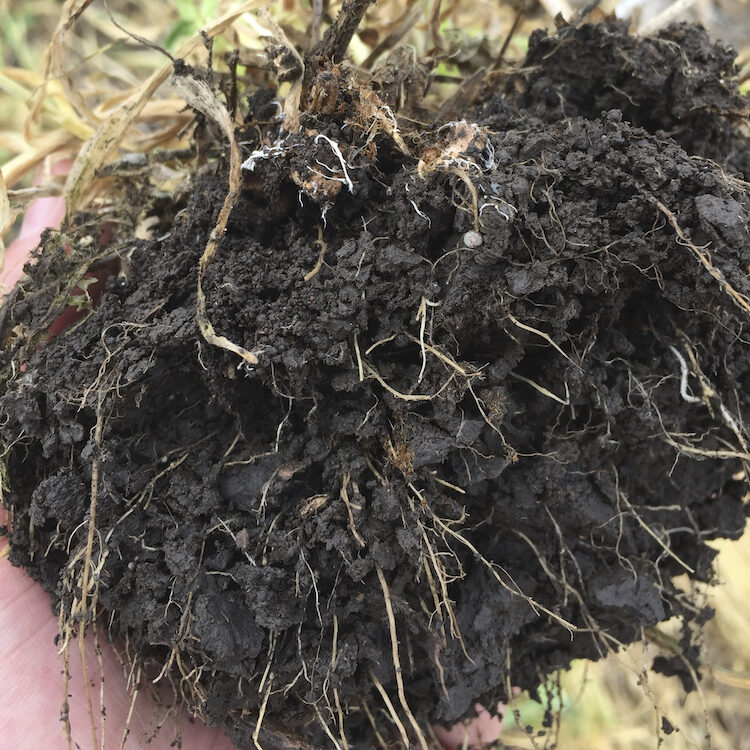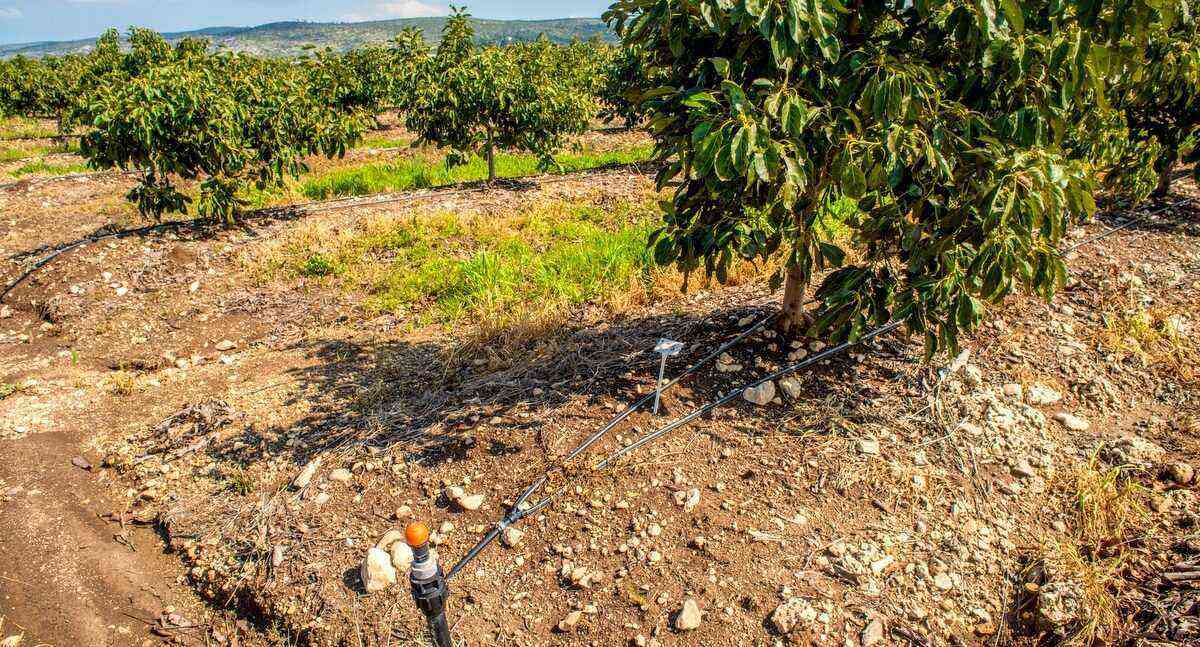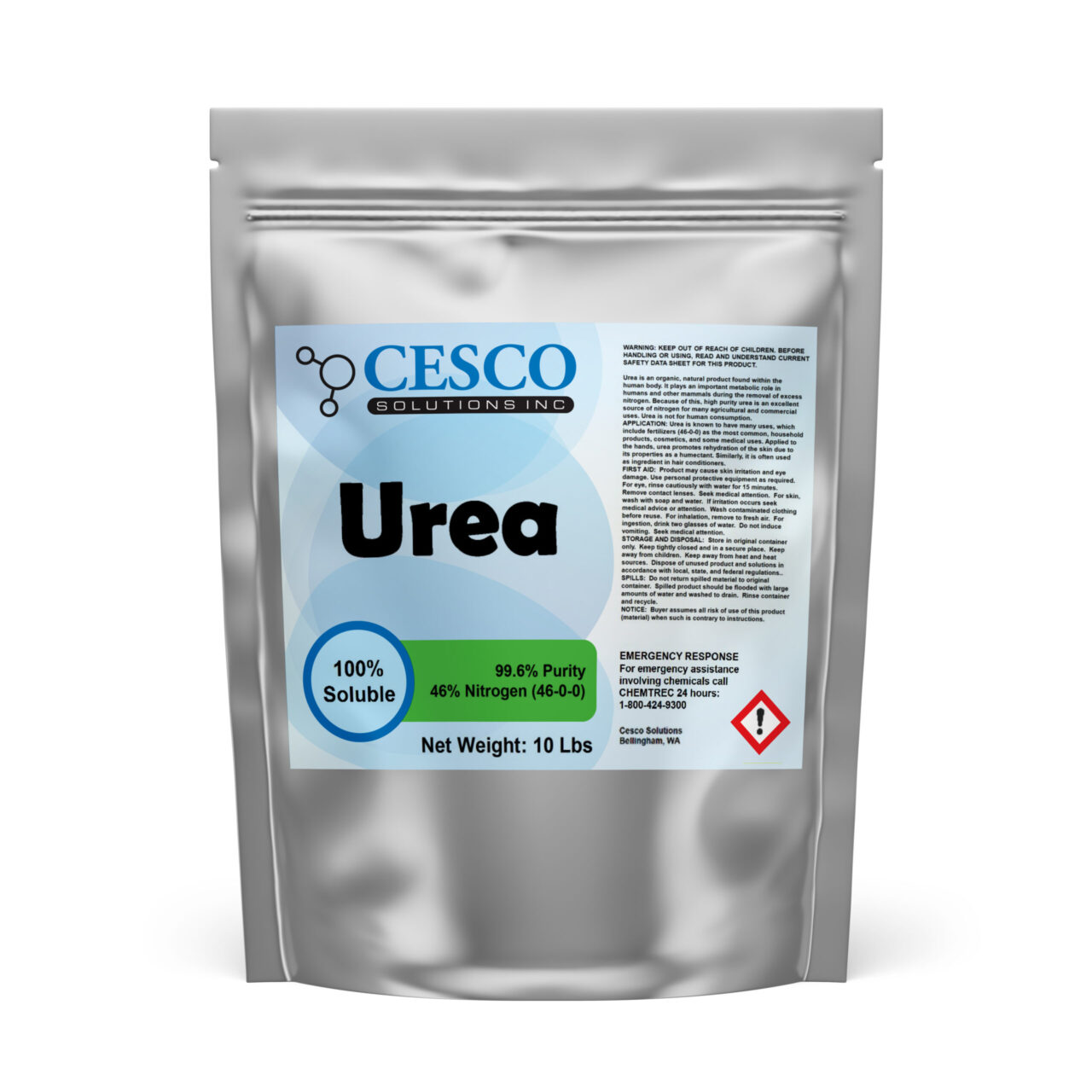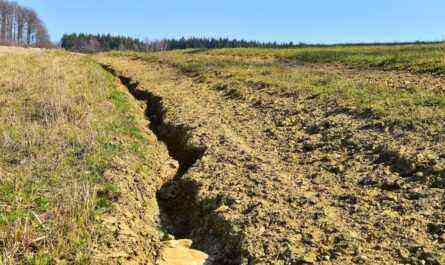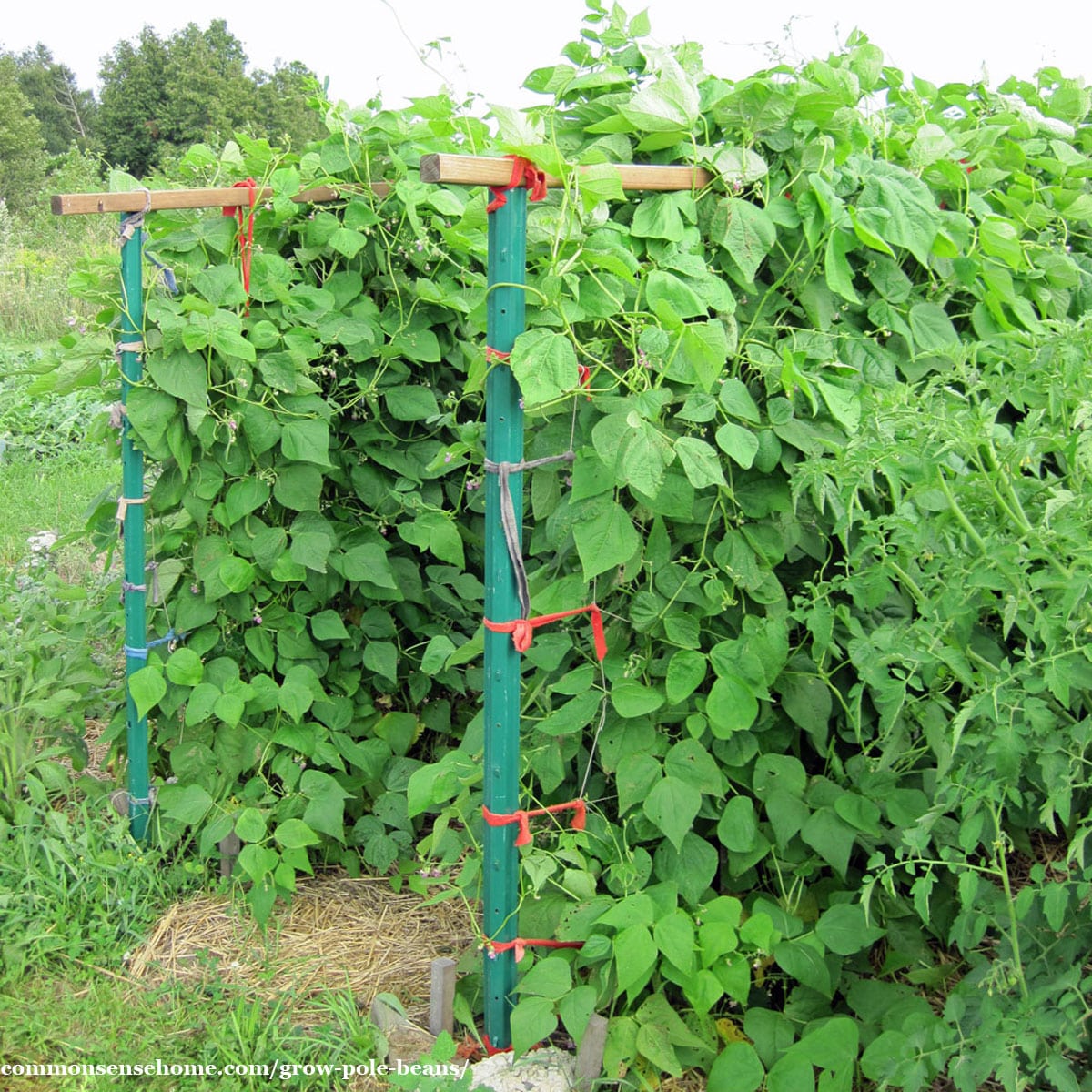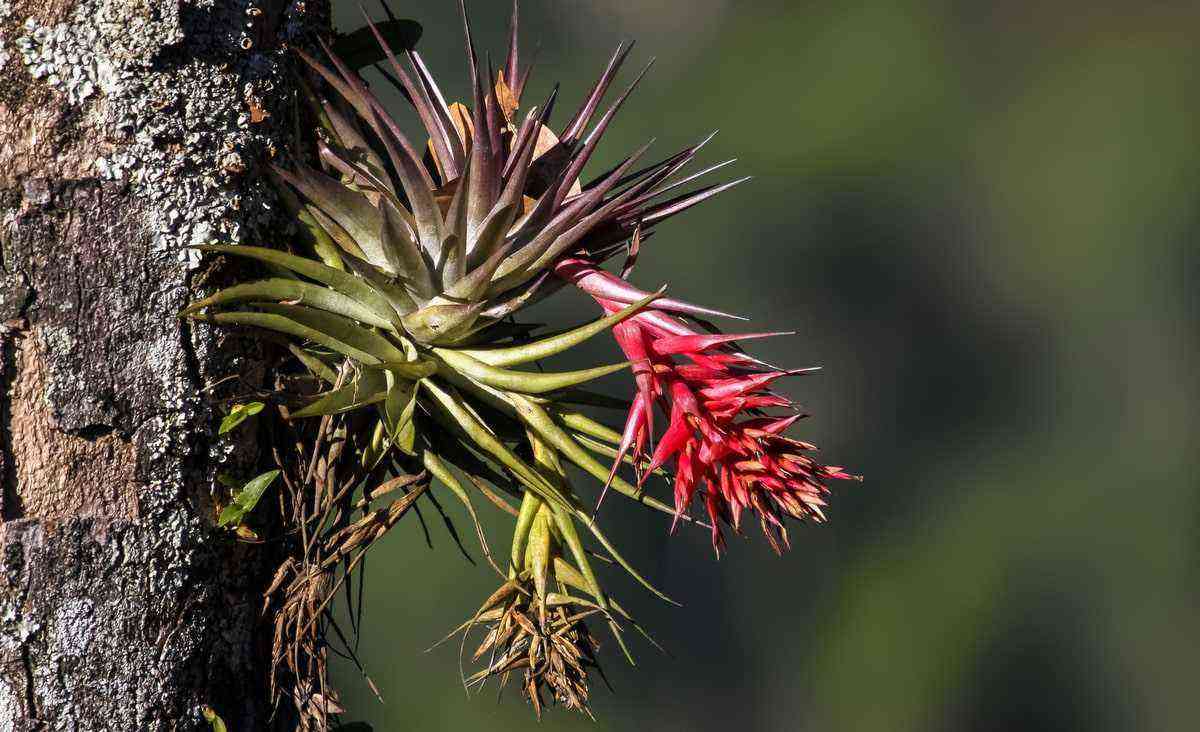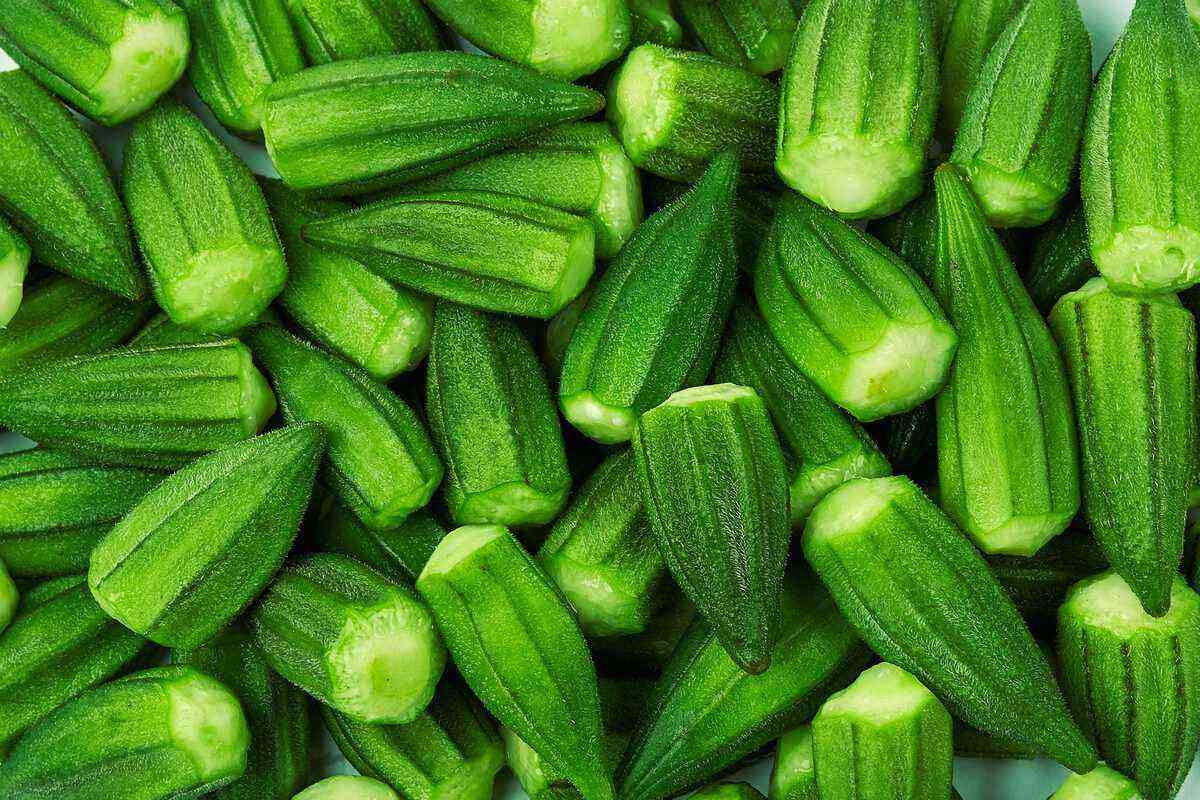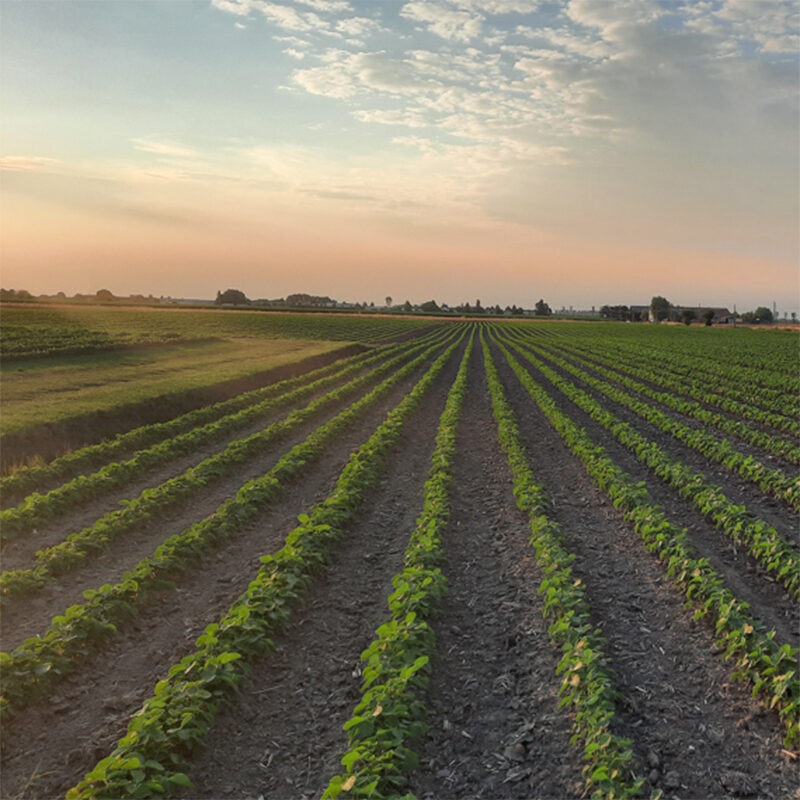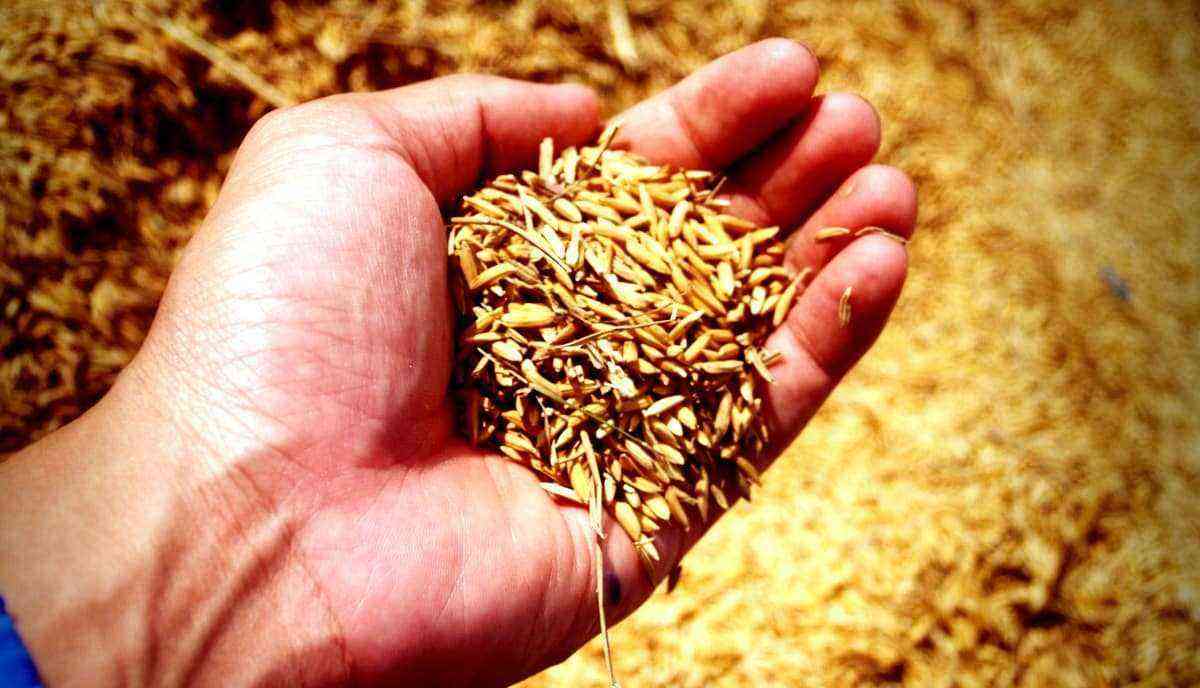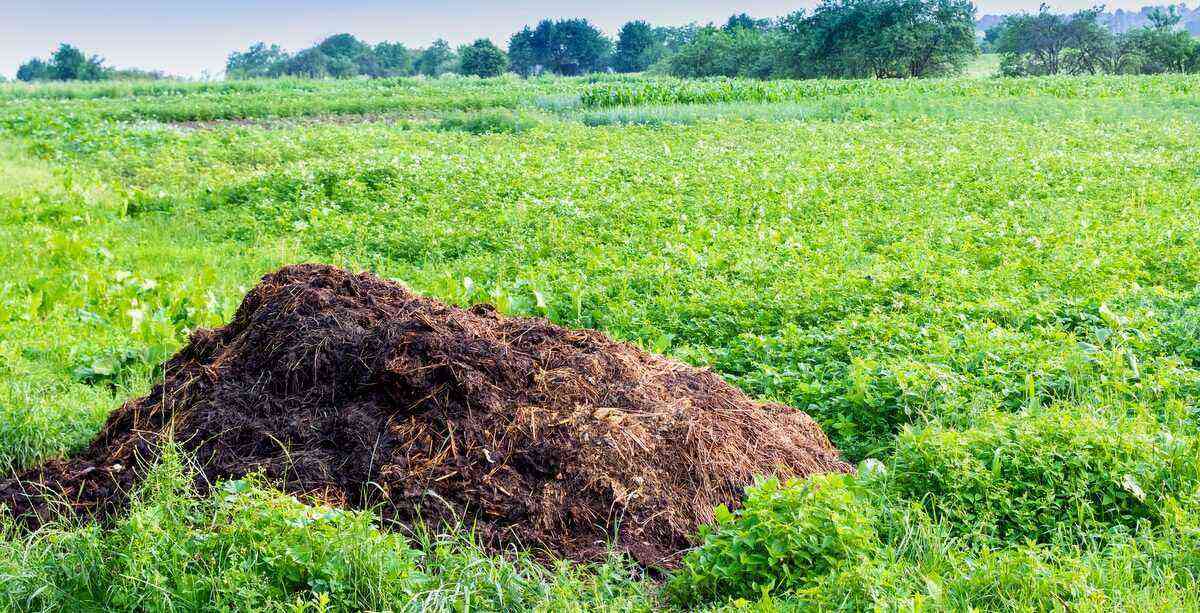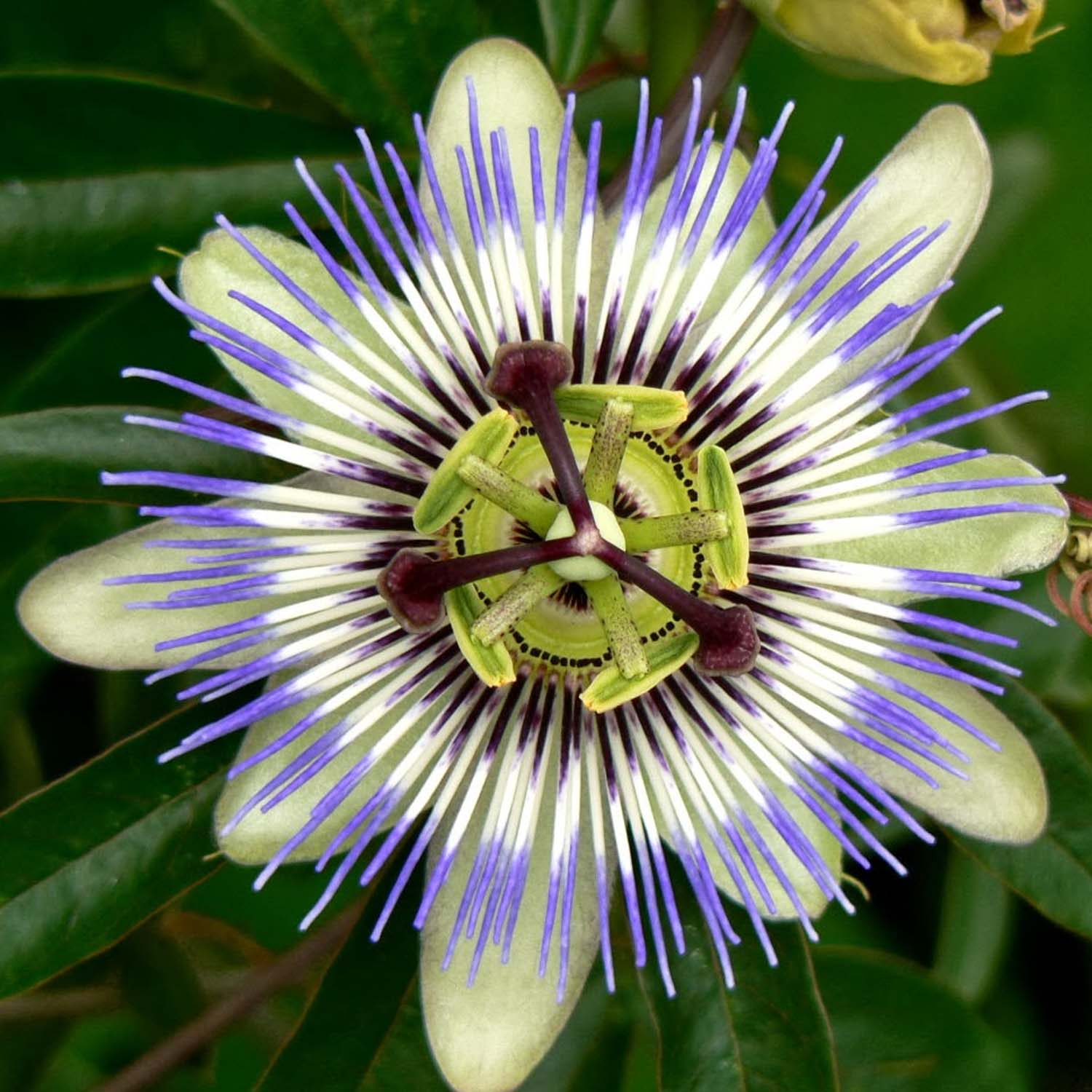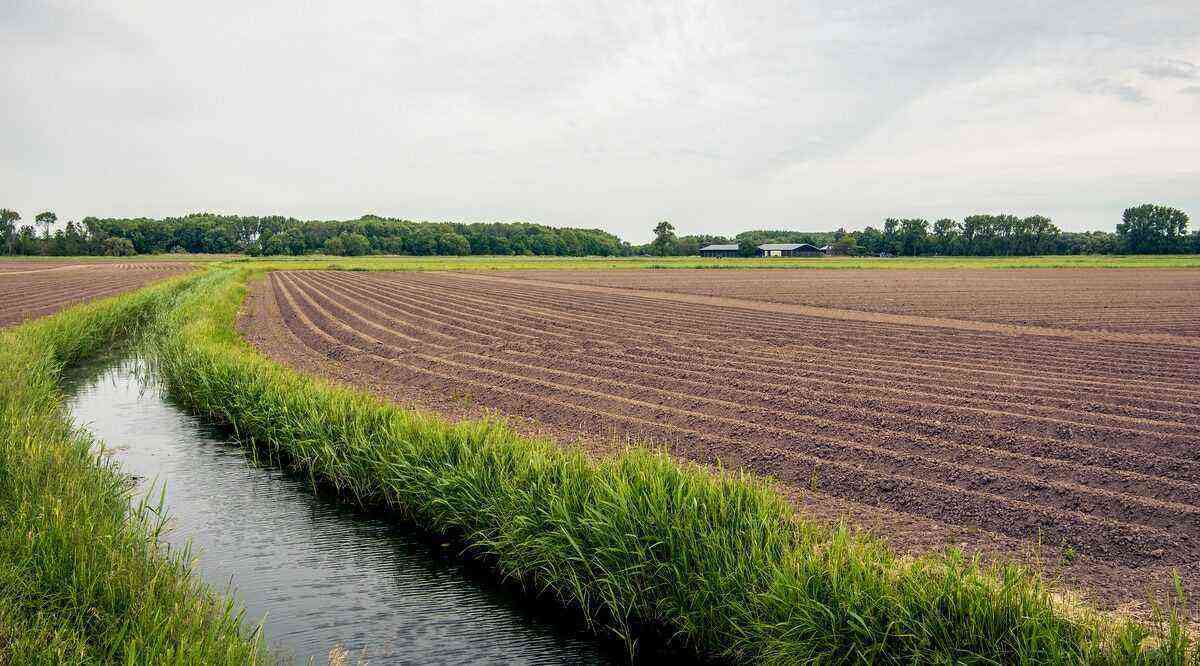One of the concerns of orange growers is the threat of greening, a cruel disease that can decimate the entire crop.
It is a pathology that reduces its fruits, they develop with poor quality. Worse than that: it can reduce its area by more than 30%, as we will show in this article.
Worried enough and want to prevent greening from reaching your orange crops? Keep reading this article and immediately protect what is very precious to you from this disease: the your cultivation.
What is greening?
Greening or huanglongbing (HLB) is the most important pathology affecting citrus and orange crops.
There are two psyllid vectors that carry this disease to crops, causing the problem to be transmitted in Asian, African or American forms, as we will quote in type the greening.
In this scenario, the psyllid (disease vector) feeds on the stems and leaves of trees, infecting them with the bacteria. Therefore, it impairs the ability of the plant to feed.
It results in smaller and smaller fruits over time, commercially compromising the crops.

Greening mainly feeds on the stems and leaves of trees, as in the case of oranges, which turn yellow when attacked by this disease.
This is because greening slows down the flow of nutrients, making it difficult for the tree to mature properly, leaving it infected and unhealed.
Therefore, it is necessary to prevent this disease as much as possible in orange and other citrus crops, such as lemon and tangerine, before it is too late.
Also read: Tomato diseases: find out more about them.
What are the main symptoms of this disease?
The symptoms of greening usually appear on the leaves of orange trees, in the form of yellow spots and veins.
Unlike the yellowing that can result from a lack of nutrients, leaves affected by the disease show asymmetrical spots and the fruits can become misshapen and bitter.
Thus, once the tree is almost fully infected, it will produce yellow shoots which are characteristic of greening and which will be quite small, dropping prematurely.

Orange tree with start of greening attack. Fruits can become misshapen and bitter, compromising crops.
However, it is also possible that there are fruits that are asymptomatic to the disease, which generally have a strange taste and have problems in their seeds.
For the purpose of an in-depth diagnosis of greening in crops, it is important to have the help of a specialist who will analyze the orange trees and other citrus trees.
However, it is worth remembering that, once contaminated by the disease, the tree will have a useful life of only two to three years, decreasing and dying within this period. A huge loss for crops.
What types of greening exist around the world?
As already mentioned above, greening has three scientifically identified forms:
- Asian is associated with Candidatus Liberibacter asiaticus (Las) and expresses symptoms at elevated temperatures;
- African is related to Candidate L. africanus (Laf) and expresses stronger symptoms at lower temperatures;
- American is linked to Candidatus L. americanus (Lam) and is most commonly found in crops in Brazil. It shows symptoms at lower temperatures. Long periods of high temperature can impact disease and help infected plants.
What is the incidence of greening in Brazil?
According to the Chemical and Engineering News (CEN), in Brazil, greening has already eliminated 52,6 million orange trees and reduced the crop area by 31% since 2004, when the disease was first detected in the country.
Faced with this devastating scenario, in 2018, citrus growers in São Paulo successfully implemented a technology to control greening developed by the Escola Superior de Agricultura Luiz de Queiroz (ESALQ-USP).
As we are showing in this article, greening is the most destructive disease of citrus in Brazil, especially in the case of oranges, and the greatest threat to the citrus industry worldwide.
Check it out at video, studies aimed at controlling this disease in crops, developed by the Citriculture Defense Fund (Fundecitrus), an association maintained by citrus growers and juice industries in the state of São Paulo:
Source: Fundecitrus.
In this sense, a method was developed to create, in the laboratory, the species of wasp Tamarixia radiata – considered a natural enemy of greening.
In this way, it would act as a parasite, hatching the eggs of these insects and killing them at the beginning of their appearance.
The problem, as pointed out by Fapesp, is that the insecticides used by the farmers did not only affect the greening, but also the wasps. Thus, the entire control of this disease would be compromised.
Another alternative to fight the crops of this disease
In 2019, however, Koppert Biological Systems, from São Paulo, innovated in research on greening with the challenger bioinsecticide, which contains the fungus Isaria fumosorosea.
The idea was that this fungus would act as a parasite of this disease, eventually killing the greening during this process. This at a time of greater fragility: when greening was still developing.
Despite being proven effective in eliminating these pests in crops, orange producers started to apply it on a large scale. Therefore, the use of this substance was considered expensive in relation to chemical insecticides sold commercially.
So this has become a small adversity within the context. Even if it does not directly represent an obstacle in its use to combat greening.
What are Brazilian producers protecting their crops?
Still following what was mentioned in the CEN article, Brazilian citrus growers have some rules to deal with greening and ensure the prevention of their orange crops.
In addition to carrying out a careful management of trees and pests, one of the alternatives to contain the advance of greening in crops includes the removal of infected trees, placing them outside commercial orchards. Another measure is the use of insecticide sprays throughout the area.
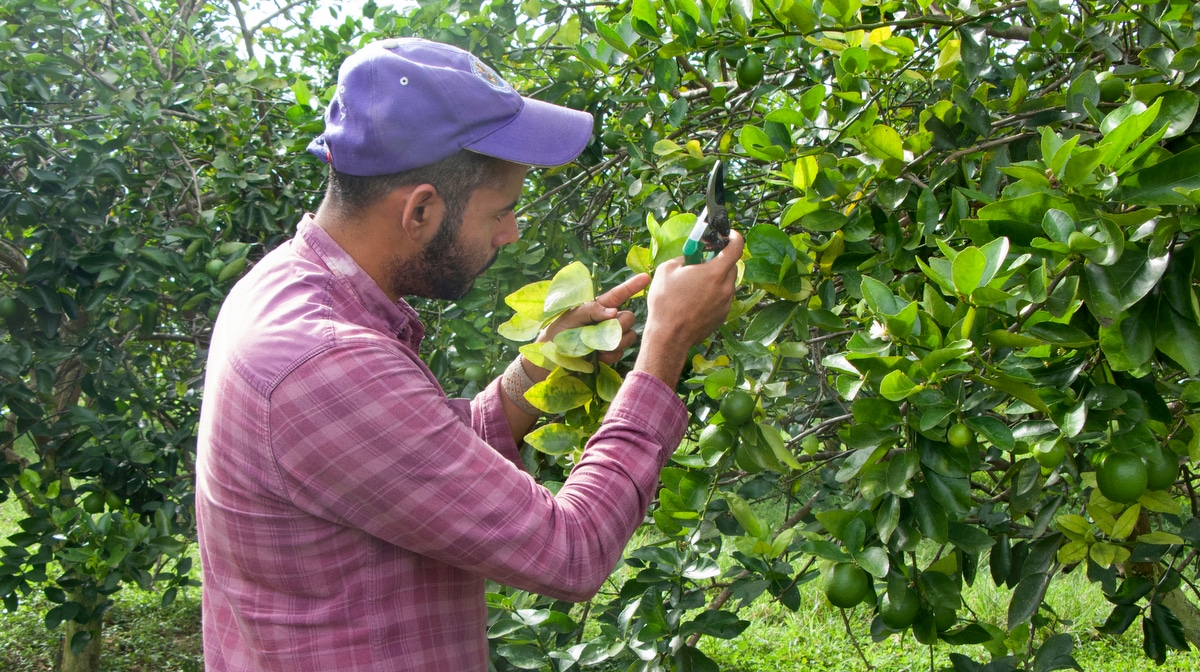
Much research is being carried out to combat greening. The objective is to reduce the economic losses of this disease, mainly in orange plantations.
With these types of strategies, orange producers managed to stabilize the incidence of the disease at around 17% between 2015 and 2018, which has become fundamental because it supports the success that these efforts are bringing.
Soon, a disease that until then grew unrestrained was well controlled in the crops. With new research designed around this issue, the expectation is that the results will be even better, both in the short and long term.
It remains to wait for the future and wait for scientific and technological innovations in order to combat greening, a “villain” of citrus crops.
Need help protecting your crops?
MF Rural is a marketplace aimed at agribusiness, promoting the meeting between sellers and buyers of products and services in this sector.
In this sense, you will find the most suitable agricultural pesticides to protect your orange and other citrus crops from greening and also other types of disease.
